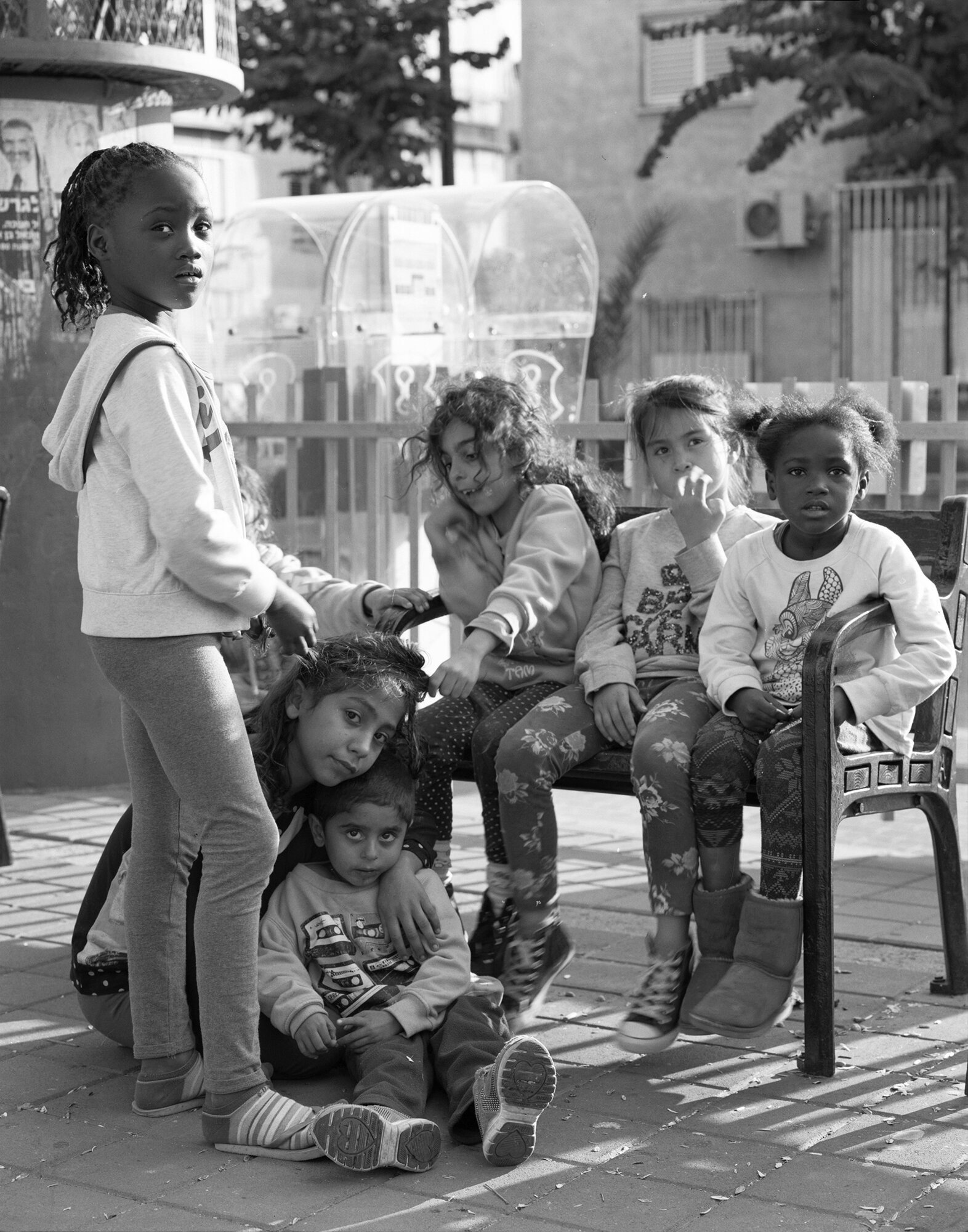
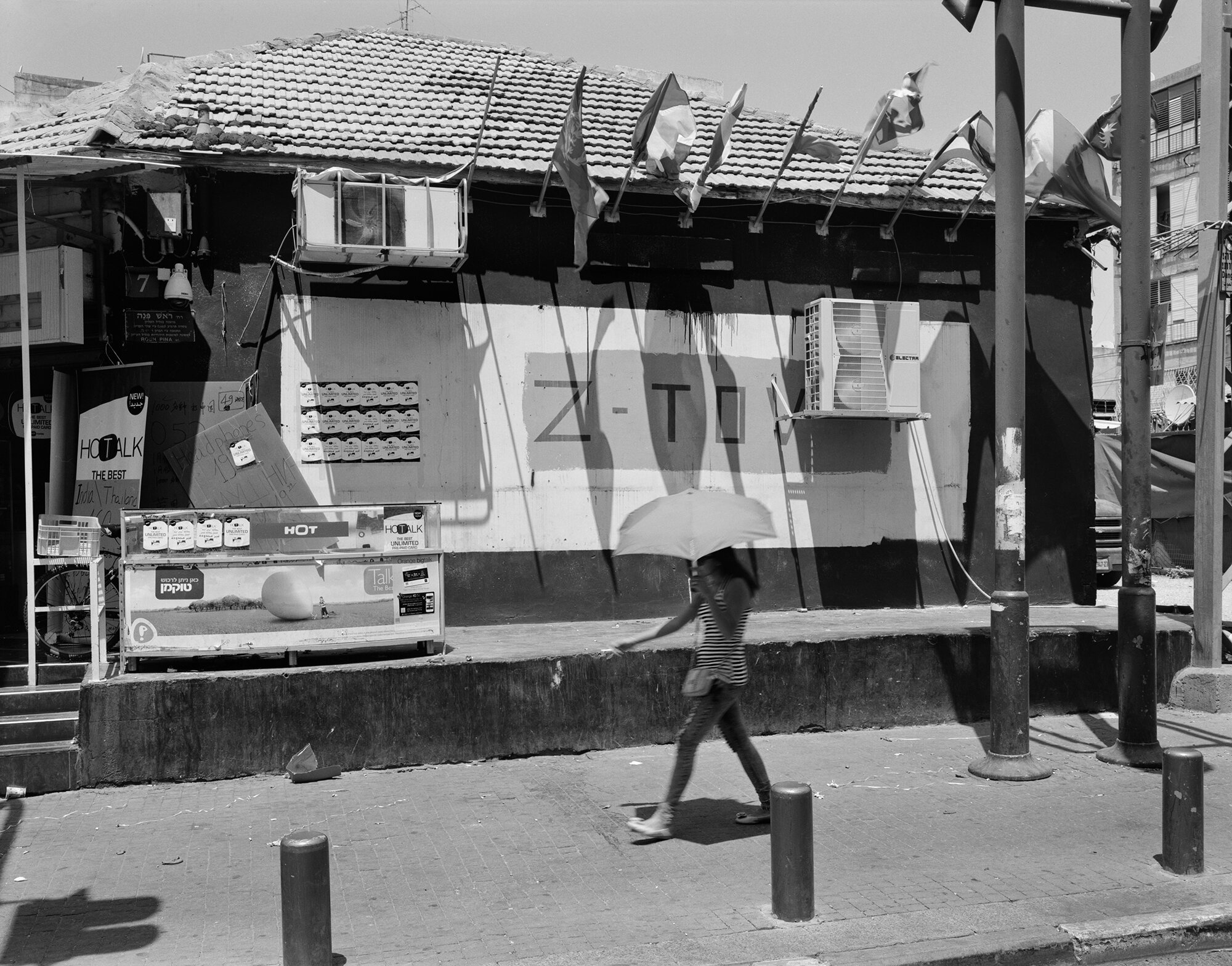
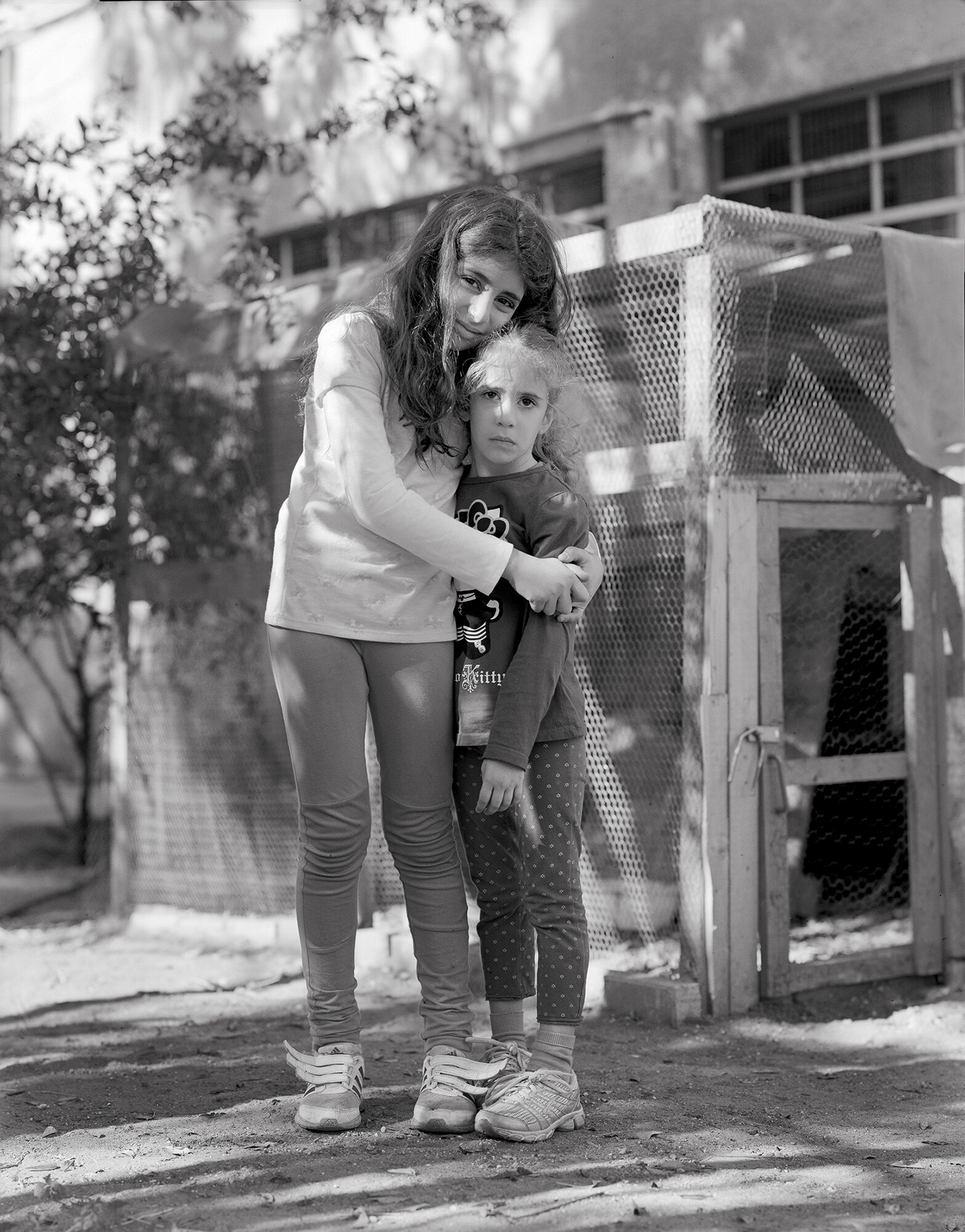
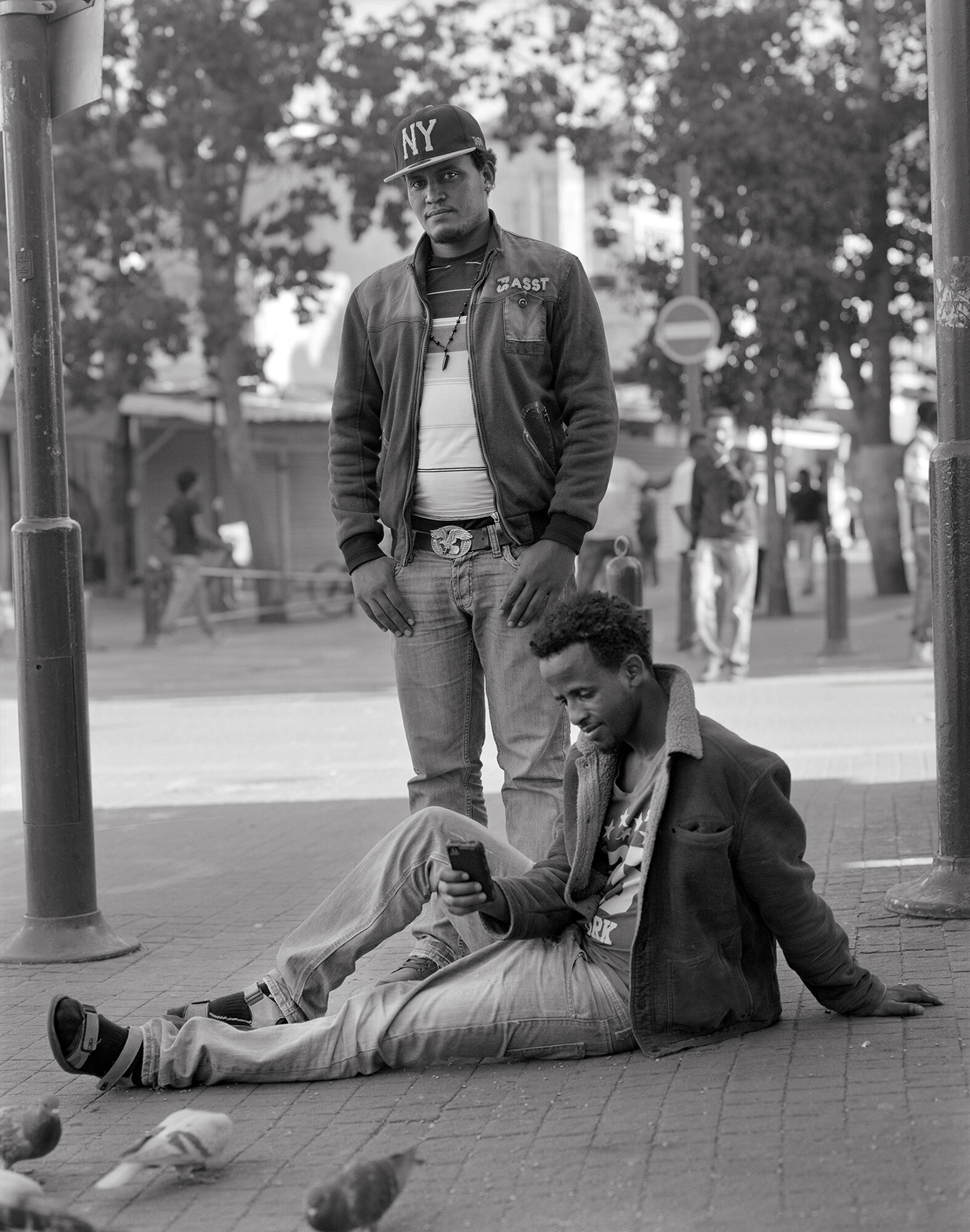
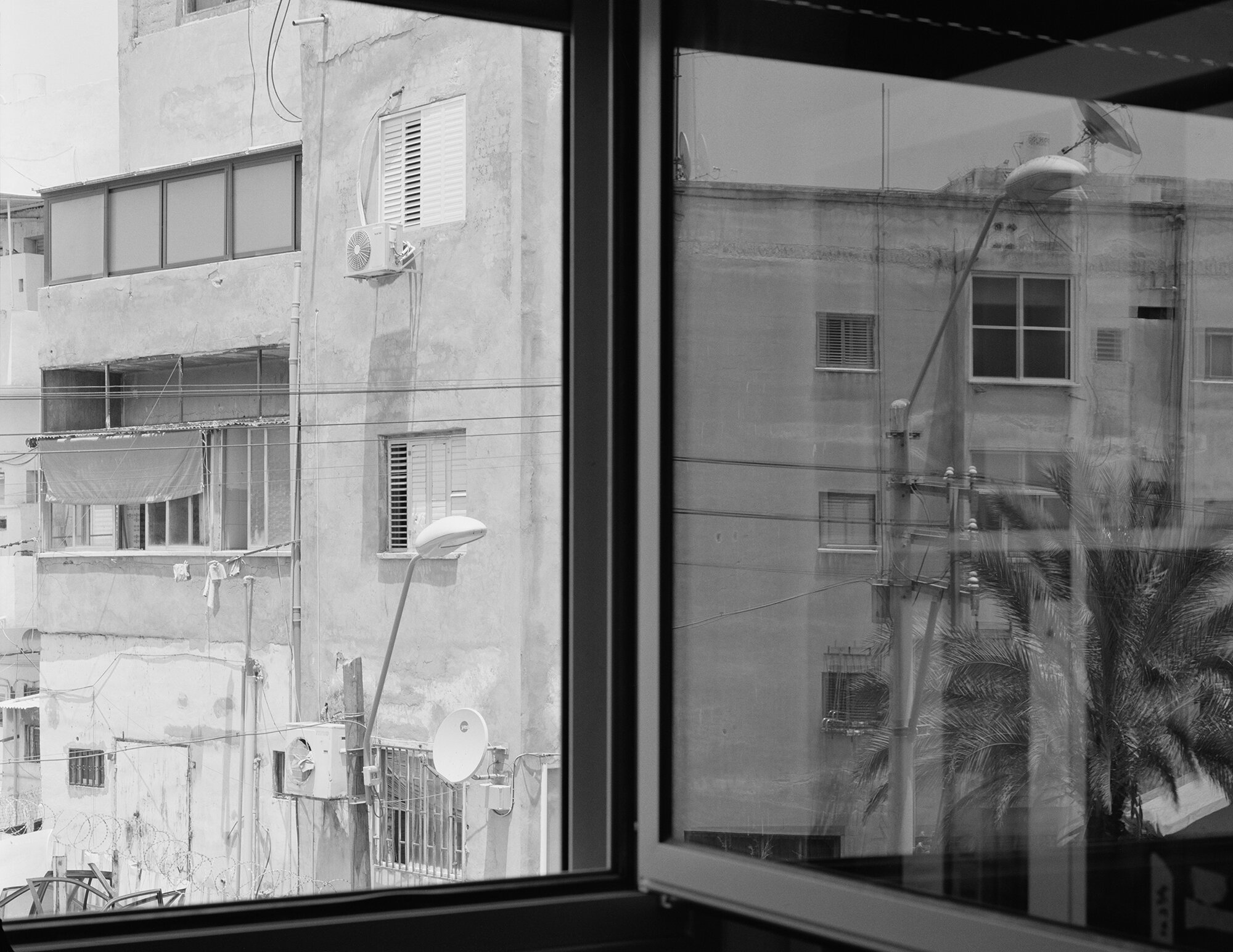
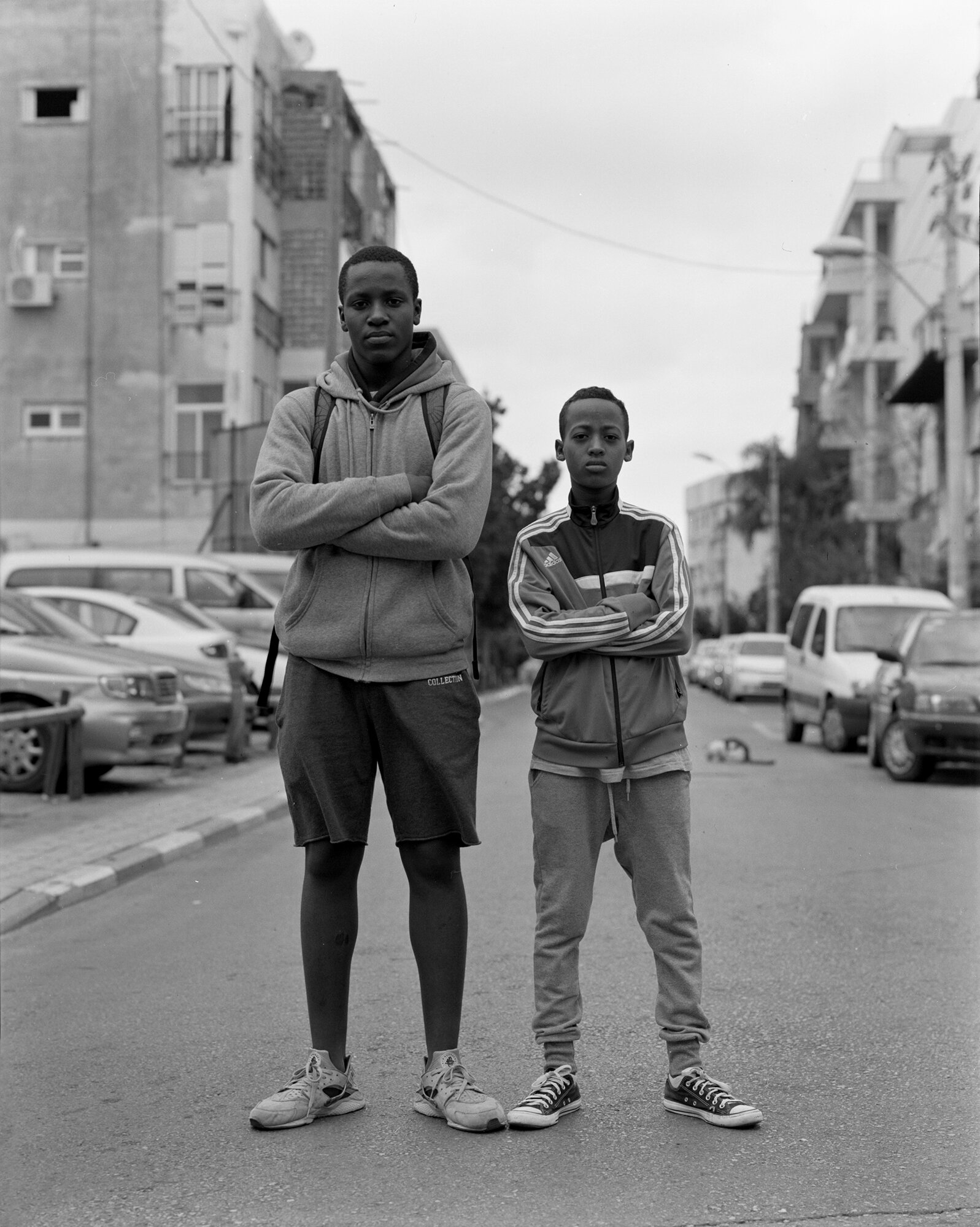
Yoav Horesh
Serene Oasis
Born in Jerusalem, Israel, Yoav Horesh has exhibited internationally in galleries and museums in Germany, Italy, Israel, the United States, Russia, Hong Kong, Myanmar and also with Amnesty International. His work has been reviewed and featured in magazines, art journals and websites across three continents.
Horesh’s photographs examine conflict, human tragedy, memory, and recovery. He has travelled extensively since 2001, photographing in Europe, Asia and America. His travels bring him to historic “sites” where his focus is searching for cultural clues and personal histories – his personal connection to place. His evolving practice has grown from “street photography” to large format landscapes, interiors and portraits that open up the discussion between the present and history. His projects also took him to the American Southwest, Germany, Laos, Israel, the Gaza Strip and Cambodia, where history still shapes and influences current events and life.
Serene Oasis brings Horesh back to Israel and places him in the middle of a neighborhood known as Neve Sha’anan. Established originally in the 1920’s by Jewish immigrants, the area today is a small and very poor neighborhood which has become home to thousands of immigrants and refugees from Asia, Eastern Europe and Africa. Horesh’s gelatin-silver prints depict the current residents and physical structures which define their home.
In the fall of 2013 I returned to my birth country, Israel, after more than 16 years that I lived, photographed, studied and taught photography in the United States, Germany and Hong Kong. The country I returned to felt very different from the one I remembered leaving in my early twenties. Not only had the regional conflict worsened, but the socio-political map had significantly shifted amidst the arrival of large numbers of immigrants and refugees from Asia, Eastern Europe and Africa. While Israel has come to rely on foreign/migrant workers and has welcomed domestic, construction and agricultural foreign workers over the years, other categories of migrants/refugees/asylum seekers were not.
“Familiar but yet estranged by my old/new environment, I began to photograph in Neve Sha’anan in the fall of 2014 as a reaction for the growing intolerance and prejudice I encountered among many Israelis towards refugees, asylum seekers and migrant workers who live in this southern Tel Aviv neighborhood among more veteran Israeli residents. I started by taking long walks carrying my large format camera on a tripod, engaged in conversations with people I met and photographed. Later I was invited to photograph inside their homes and eventually in 2015 I relocated my home and studio to the neighborhood. This became my “Serene Oasis”. The name for this project comes from the literal English translation for “Neve Sha’anan”. The small and poor Tel Aviv neighborhood which is home for thousands of African, Asian, Eastern Europeans and Israelis and where I photographed for almost three years.
Neve Sha’anan was established in the 1920s by Jewish immigrants seeking better lives. It became a symbol of pioneering, innovation, and prosperity in post-World War I Palestine under British Mandate. Today, the neighborhood and its residents are in the midst of a heated debate in Israel about civil rights, demographics, immigration, foreign workers and asylum seekers who arrived in Israel in recent years. Although the neighborhood is merely one square kilometer in size (200 acres), it encompasses an incredible variety of people who live, work and are in fact a part of Tel Aviv’s cultural and human landscape. Because of gentrification and the transitional nature of migrant populations Neve Sha’anan is changing rapidly. These photographs of the streets, the homes and the residents of Neve Sha’anan represent a microcosm of a changing world we witness on almost every continent.
More than 60 million people are displaced around the world because of conflict and persecution, the largest number ever recorded by the United Nations. About 14 million of those fled their homes in 2014. The increase in armed conflicts, economic hardship and civil wars created waves of immigration and millions of refugees in transit seeking asylum in foreign states in hopes to provide for their families and in search for a better future. As the need for a safe haven for transitional population was not diminished by the passage of time, “Serene Oasis” does not only concern the socio-political situation in "Neve Sha’anan" but puts emphasize on the people who live there.” -Yoav Horesh
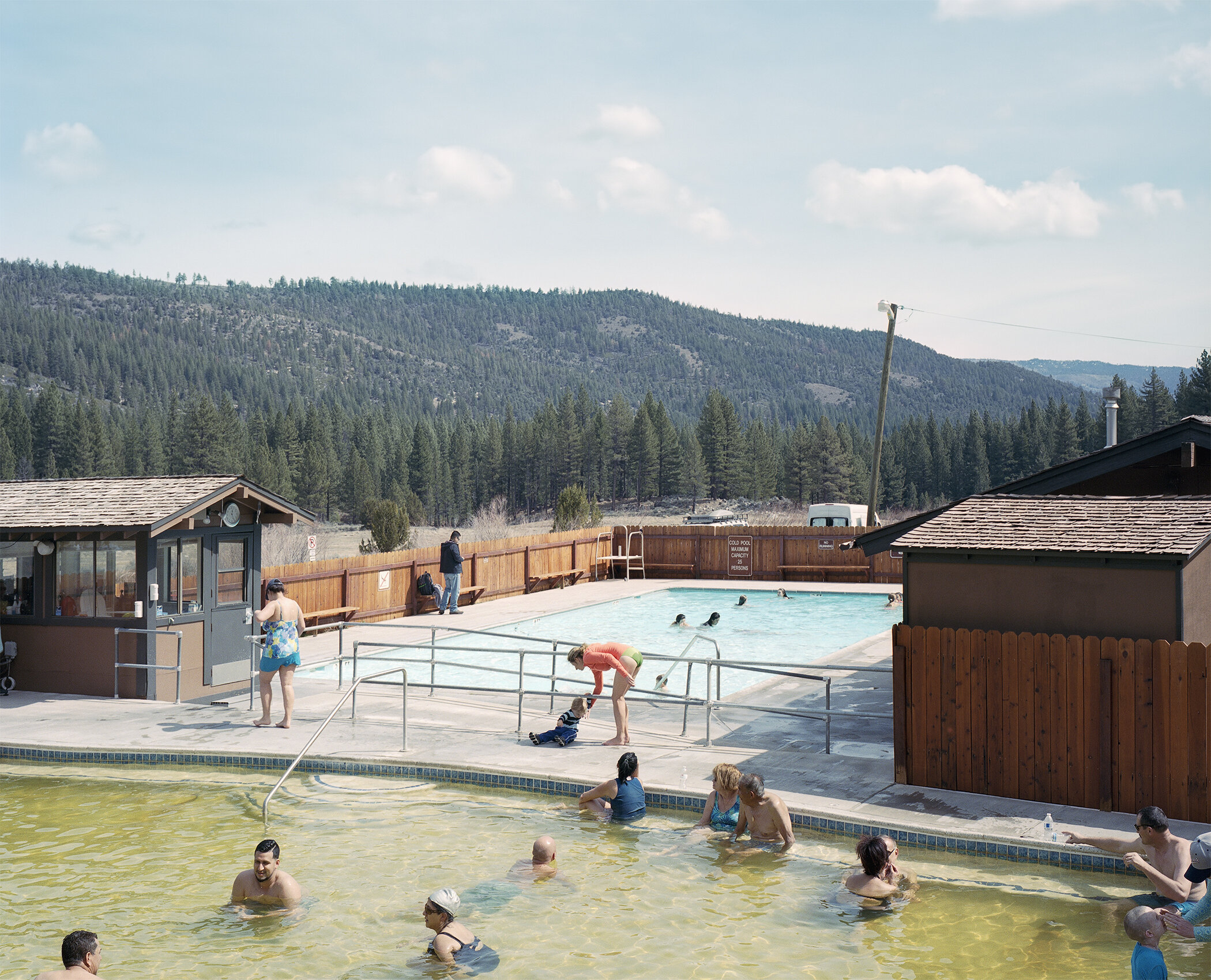
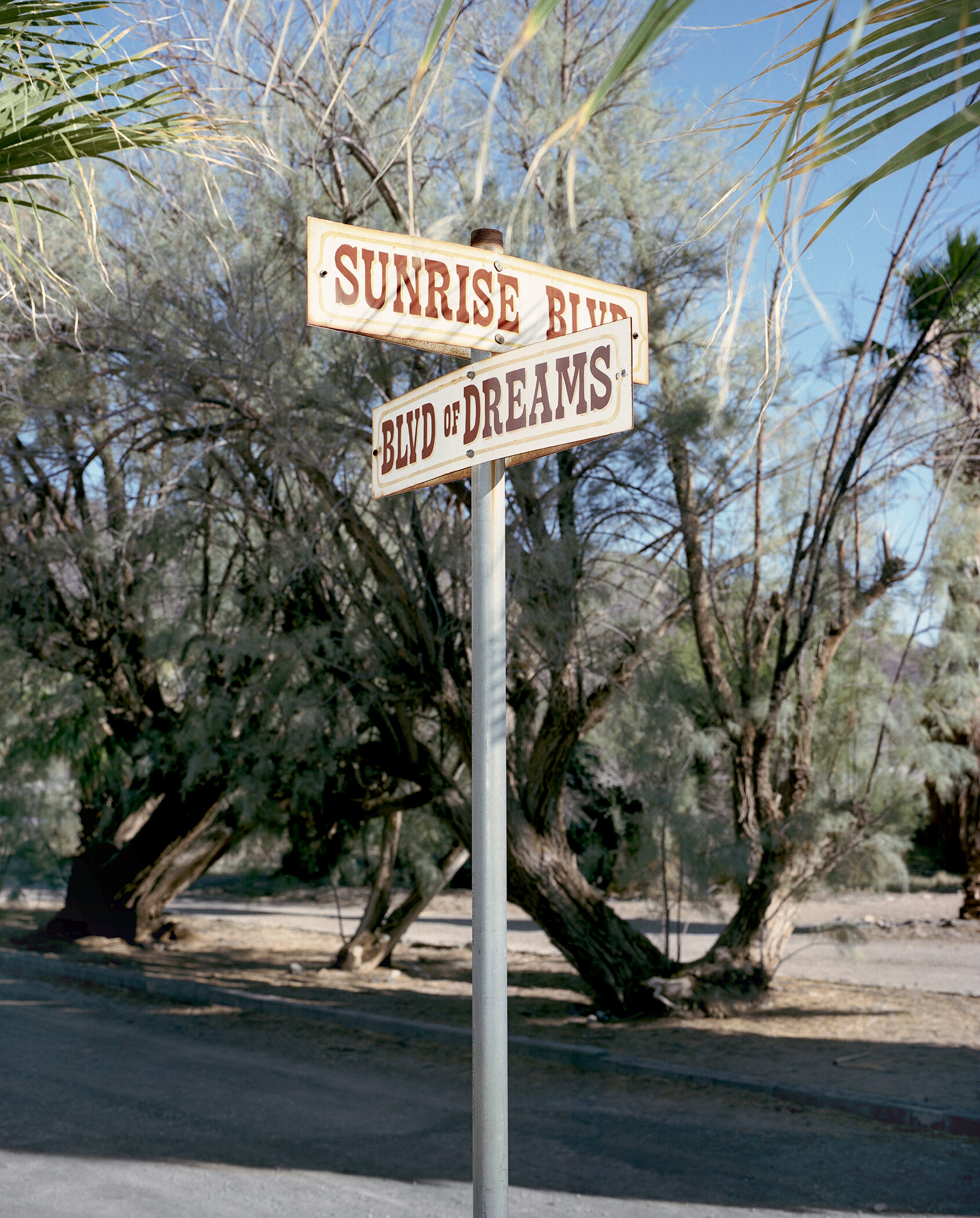
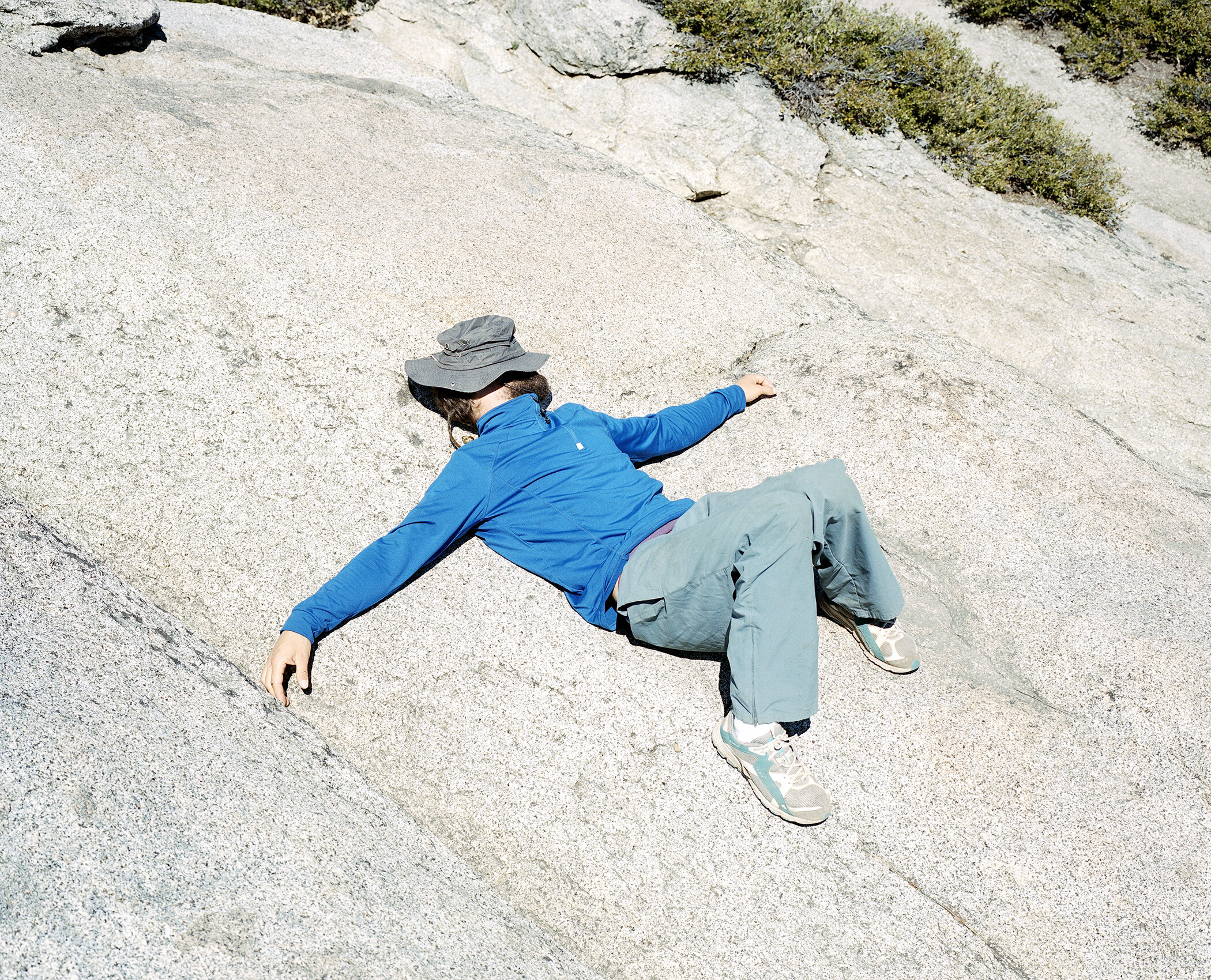

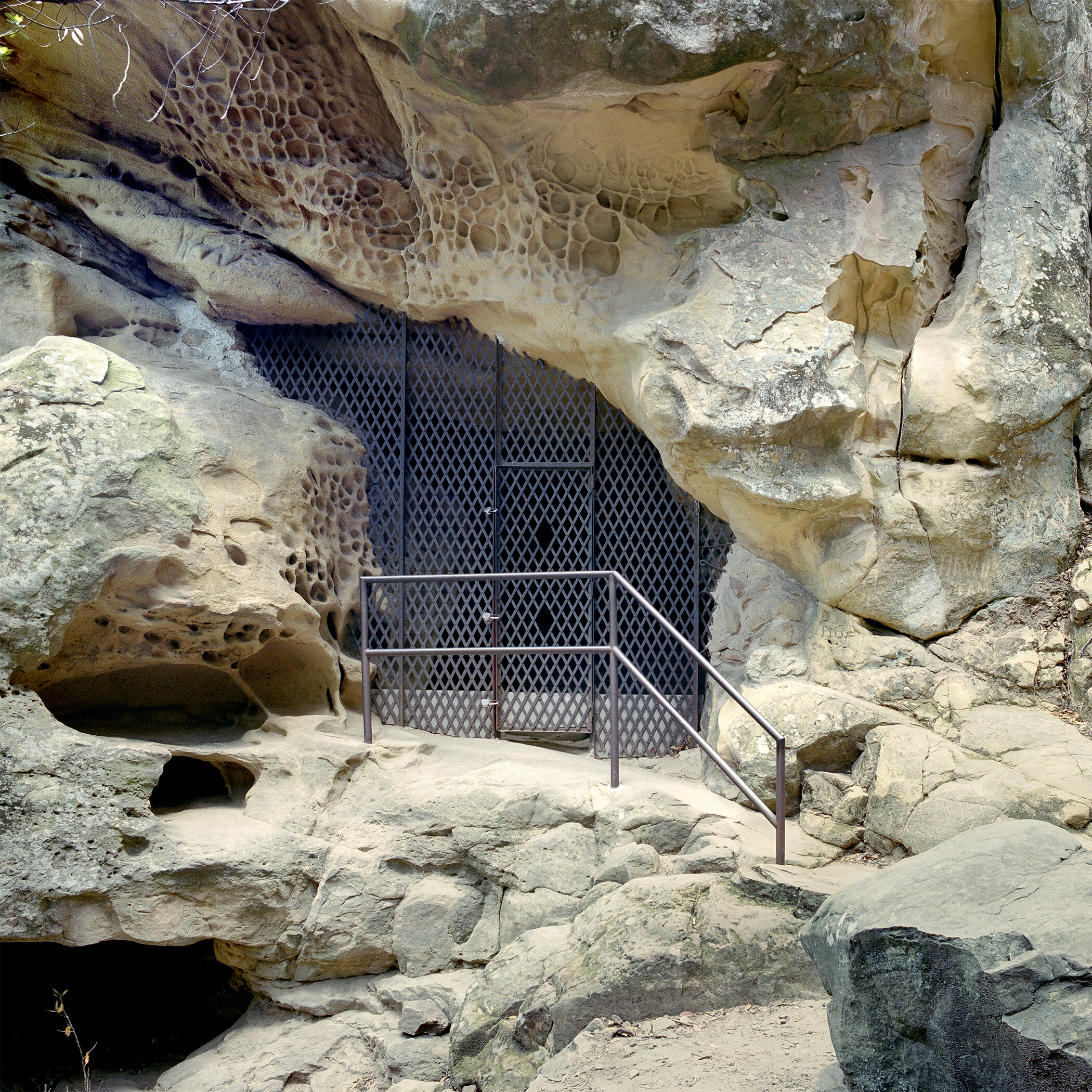
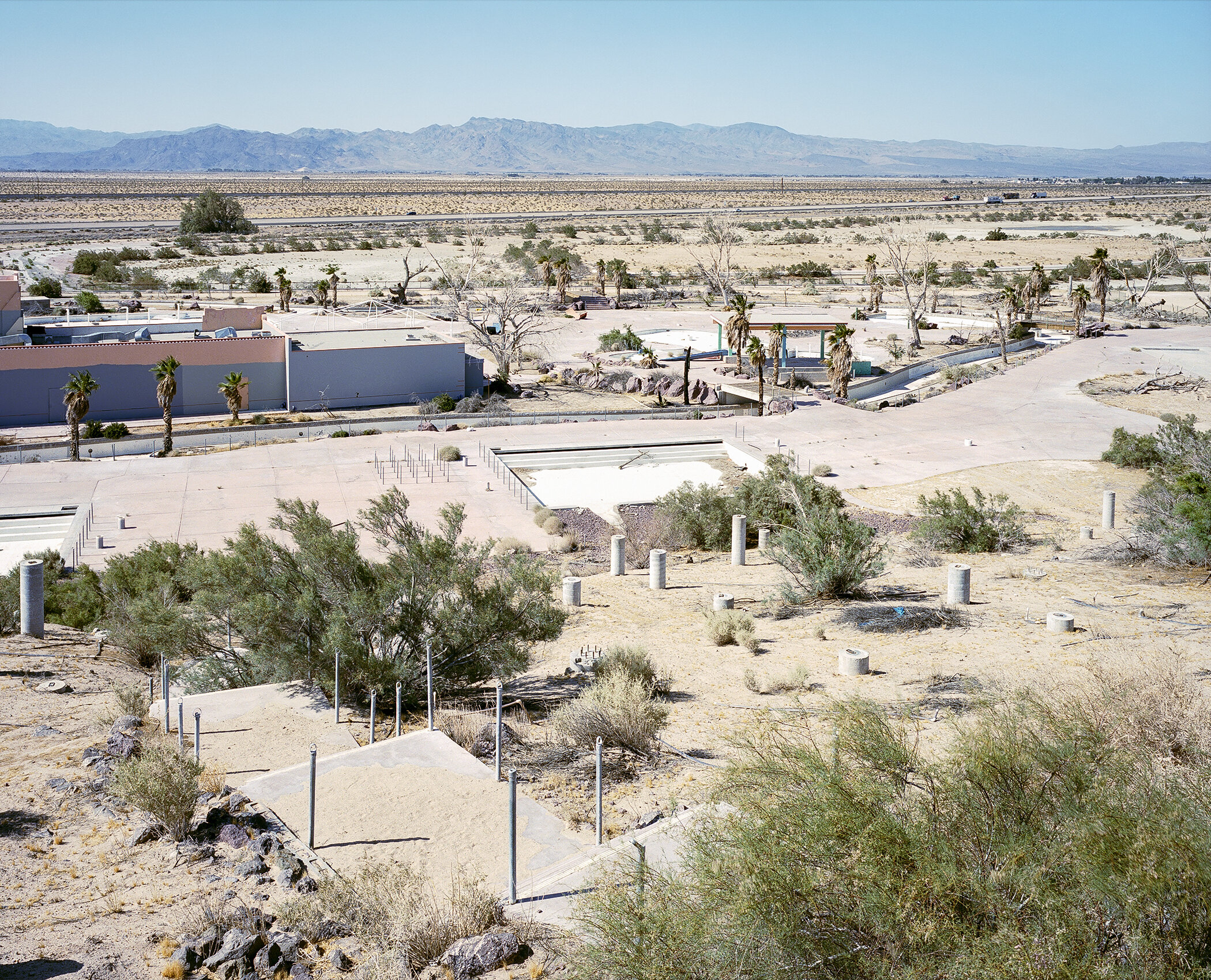
Shawn Bush
A Golden State
Shawn Bush’s work appropriates and reconstructs tropes of popular American culture to reflect the fallacy of Western influence within its own domain. By focusing on media trends and the dissemination of unconscious ideologies, he uses the authority of prescriptive media as a blueprint for deconstructing the standards it represents. Bush’s color photographs of boundless Western landscapes reveal the new West’s current identity…no longer glamorized or idealized, Bush’s new West is ripe in pop culture and Americana.
“The Western landscape has captivated the hearts of Americans and others over time. The expansive topography that dominates the territory encapsulates the allure that defines core American ideologies. Cinema, habitual media and commercial industries use the seduction of the Western landscape to sell, define and project a merit of social status. In the name of progress, the topography is constantly changing and shedding its layers to suit the conditional needs of humanity. Employing some of the tactics of cinema that have been used to describe the landscape, A Golden State questions the relationship of prescriptive identity to place. “ - Shawn Bush
Bush received his B.A. in 2010 from Columbia College, Chicago and his M.F.A. from the Rhode Island School of Design in Spring 2018. Bush was awarded the T.C. Colley Excellence in Photography Grant, 2017; Lenscratch Student Prize; Independent Publisher Award in Photography; Manifest Gold Book Award, and is a PDN 30 nominee for 2018. His work is in the collection of The Museum of Contemporary Photography, Chicago, IL; Benaki Museum, Athens Greece; Candella Gallery, Richmond, VA; and the Rhode Island School of Design. Bush’s monograph, A Golden State, is published by Sky Lark Editions.
